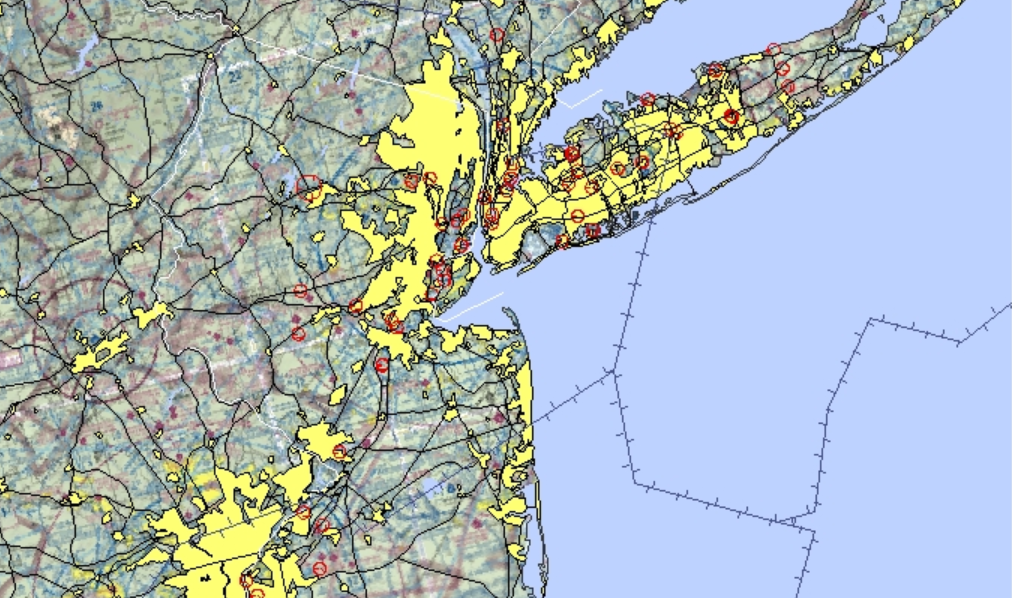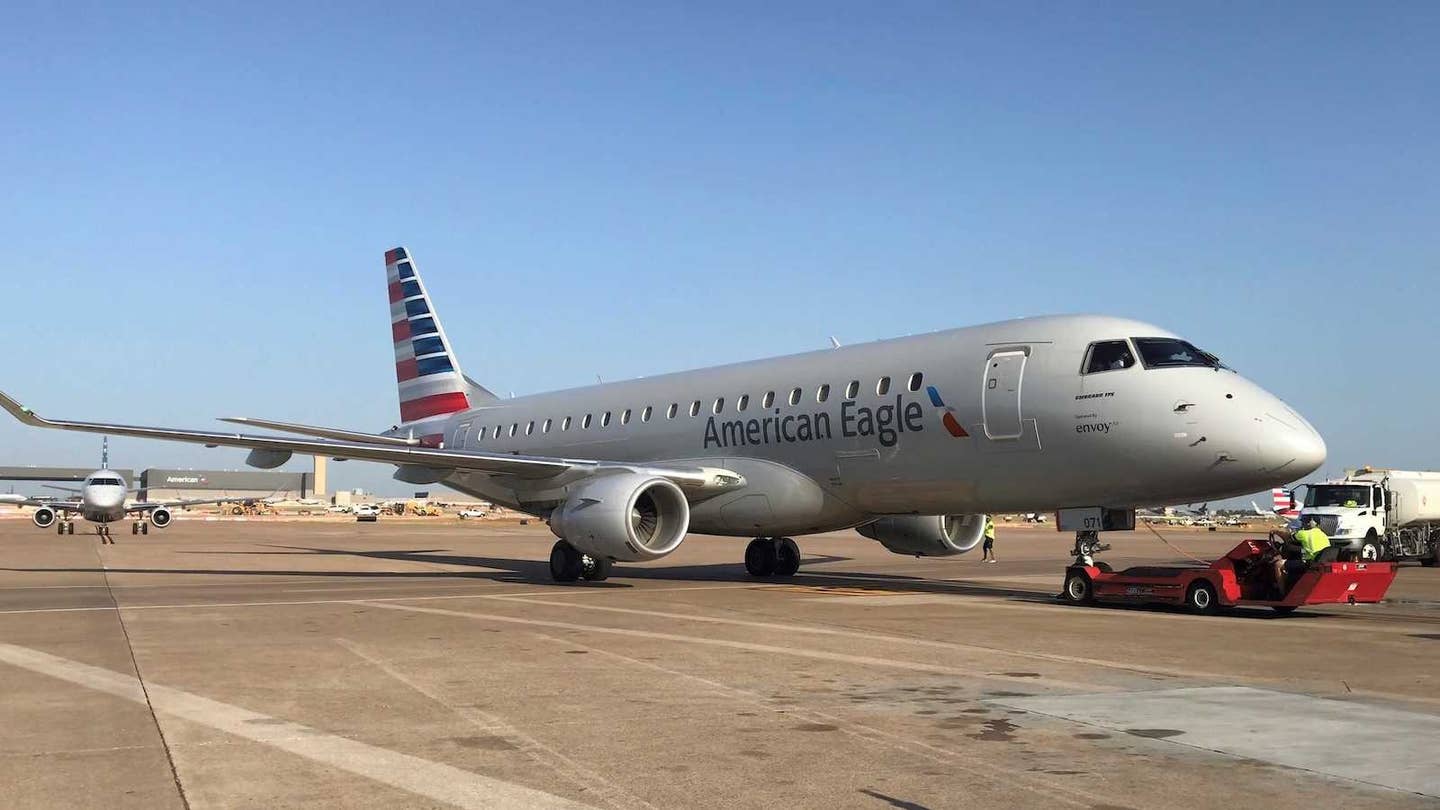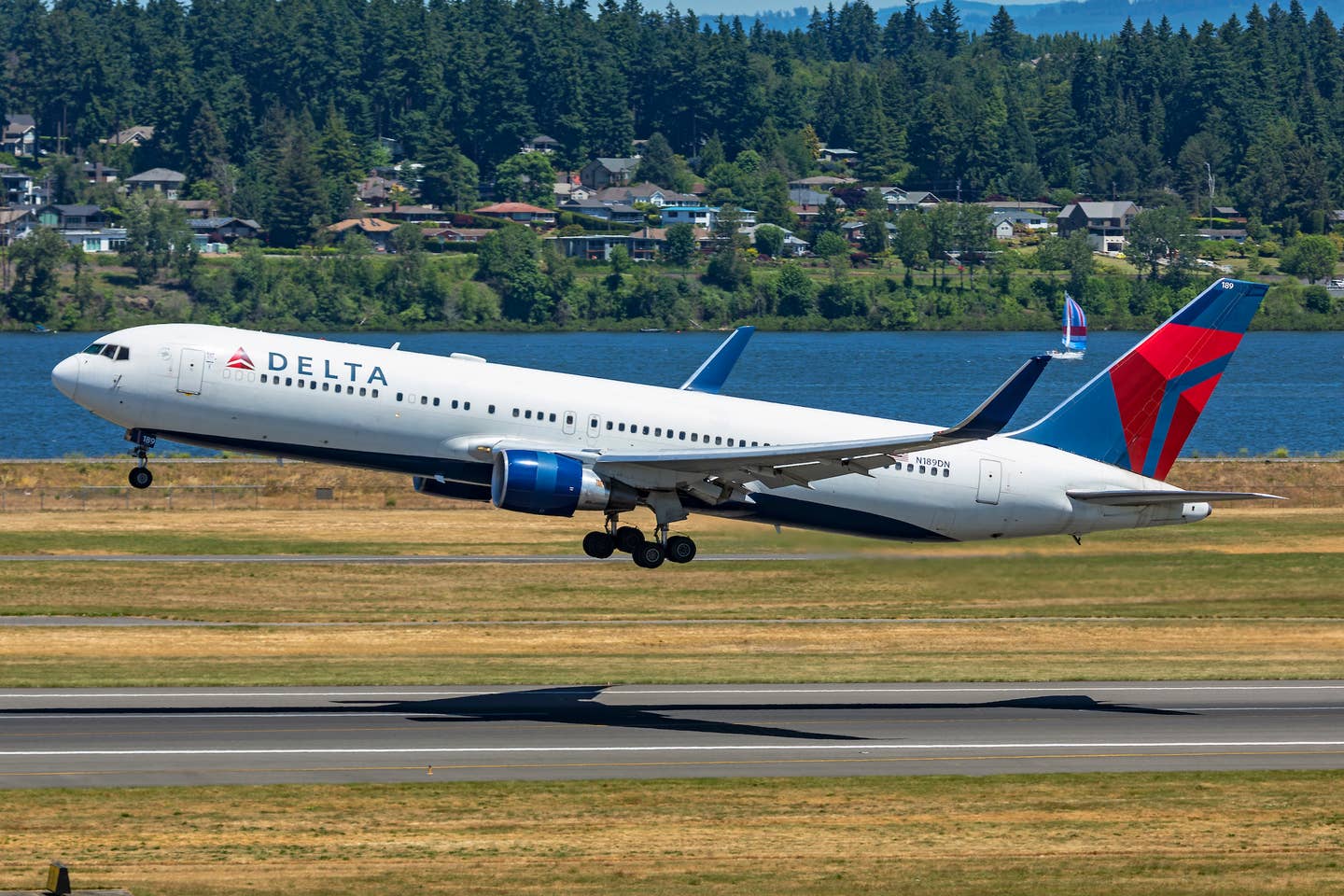
** Part of the wreckage of Air France 447
found on the floor of the Atlantic.**
The release of preliminary flight data and cockpit voice recorder data from the miraculously recovered "black boxes" of Air France 447 opened the floodgates of press and online discussion. Amid all this chatter, the term "deep stall" often popped up.
Did Air France 447 experience a deep stall?
The short answer is no. It was deeply stalled, but it was not in a deep stall.
Although deep stalls go back to the dawn of aviation, the term gained currency in the 1960s when aft-engined jet airliners began to have T tails. If the wing reached a sufficiently high angle of attack, its stalled, turbulent wake might envelop the horizontal stabilizer. Deprived of energetic airflow, the stabilizer and elevator were unable to pitch the airplane nose-down, and it could continue to the ground in a stable, stalled attitude. A deep stall is different from a normal stall because recovery is not possible by normal means -- that is, by use of the pitch control. Sometimes wing rocking and yawing works, but the best bet is not to get into a deep stall in the first place. Stick pushers were developed for just that reason.
T-tailed transports are not the only airplanes that can experience deep stalls. Some canard designs have crashed when both the wing and the canard stalled, depriving the pilots of pitch control. Some fly-by-wire fighters have a deep-stall mode, typically caused by long noses and shrunken "relaxed-stability" tail surfaces. The "feather" re-entry mode of Burt Rutan's SpaceShipOne is a deliberate deep stall; when the tail surfaces return to their normal position, the spaceplane recovers.
During most of its long descent into the Atlantic, Flight 447 was in a stalled glide. Its pitch attitude was about 15 degrees nose up and its flight path was around 25 degrees downward, giving an angle of attack of 35 degrees or more. Its vertical speed was about 100 knots, and its true airspeed was about 250. It remained in this unusual attitude not because it could not recover, but because the pilots did not comprehend, in darkness and turbulence and amid a tumult of conflicting warnings of mysterious system failures, the actual attitude of the airplane. They held its nose up. So far as we now know, there is no reason to think that if the crew had pushed the stick forward, held it there, and manually retrimmed the stabilizer, the airplane would not have recovered from the stall and flown normally.
Far from a deep stall, this seems to have been a conventional stall in which the airplane displayed exemplary behavior: It responded to roll inputs, maintained the commanded pitch attitude, and neither departed nor spun. The only thing it failed to do well was to make clear to its pilots what was going on.

Sign-up for newsletters & special offers!
Get the latest FLYING stories & special offers delivered directly to your inbox






